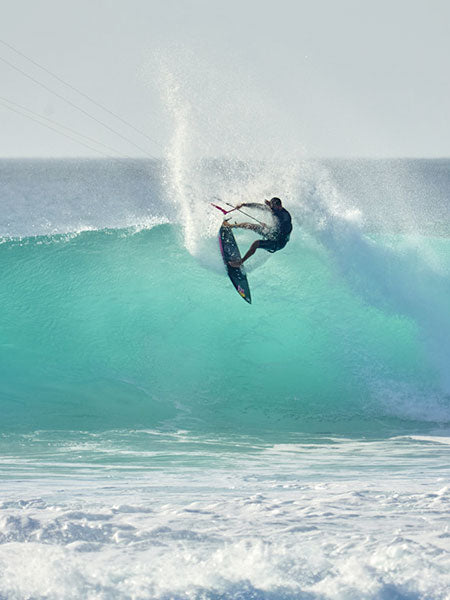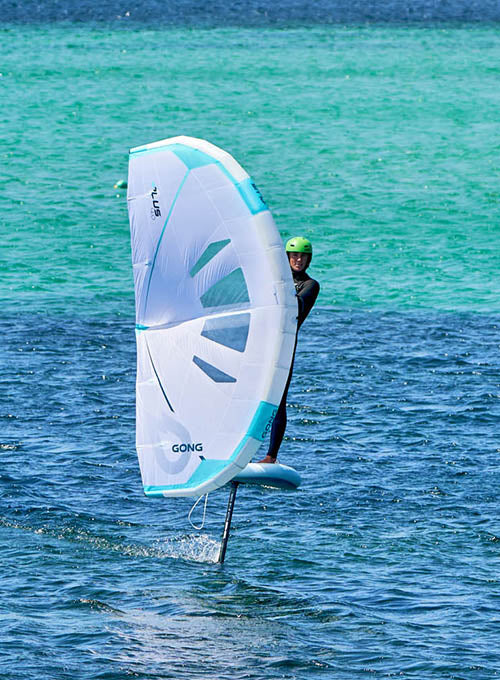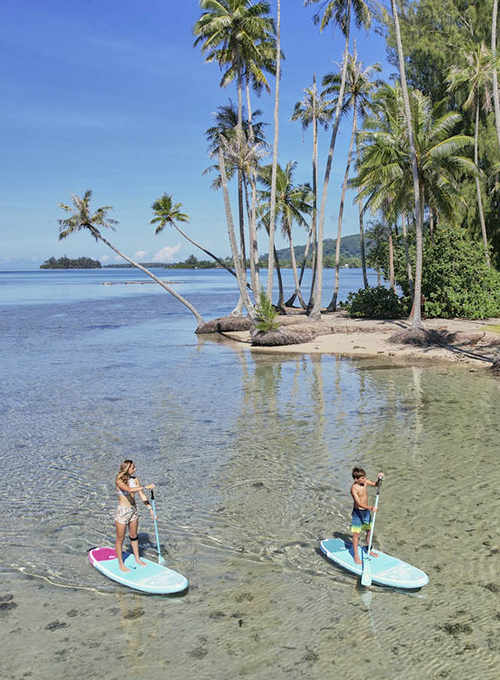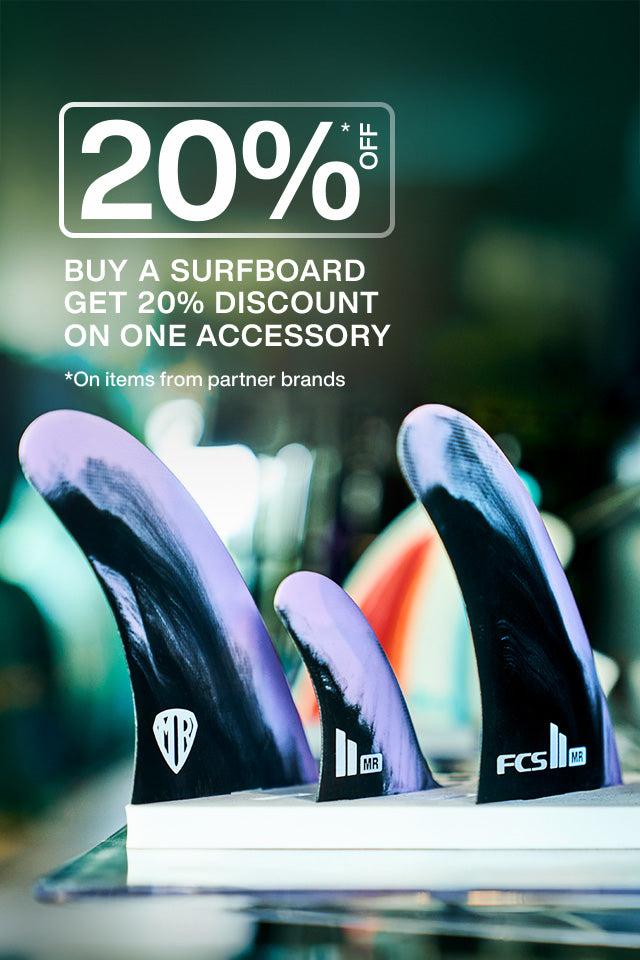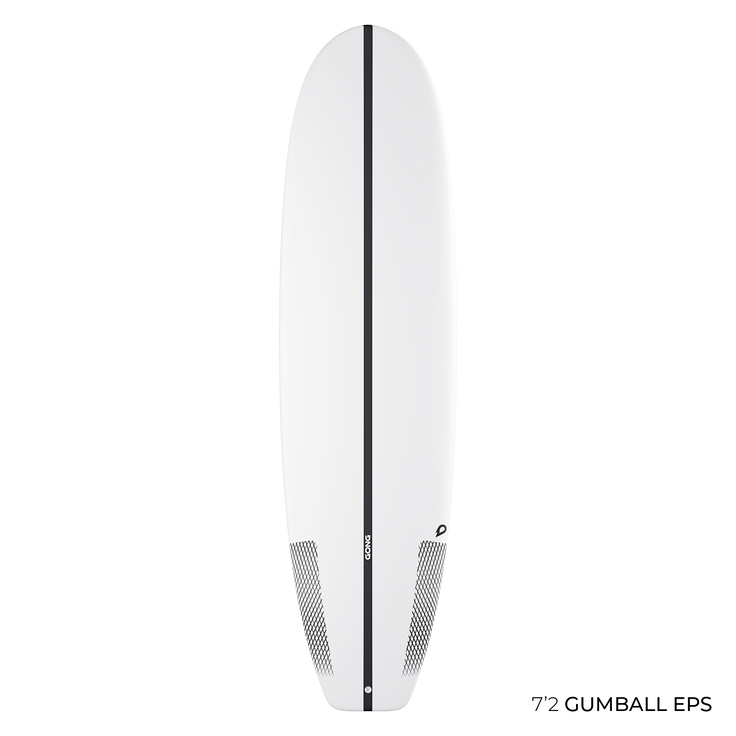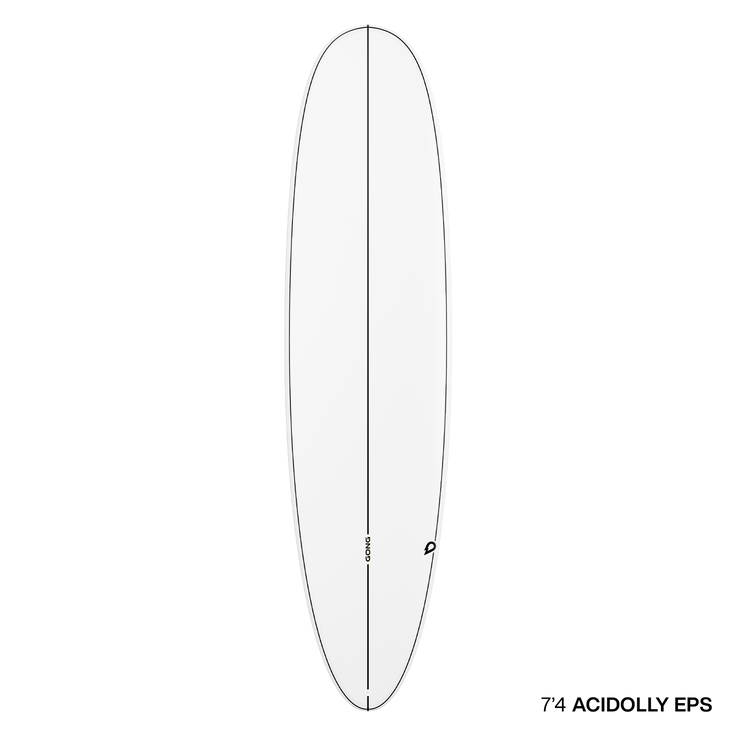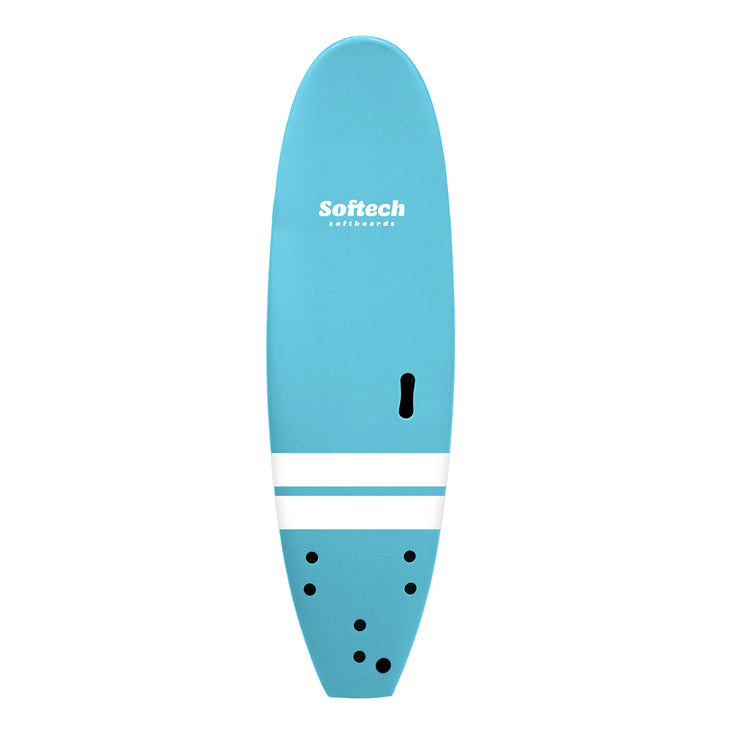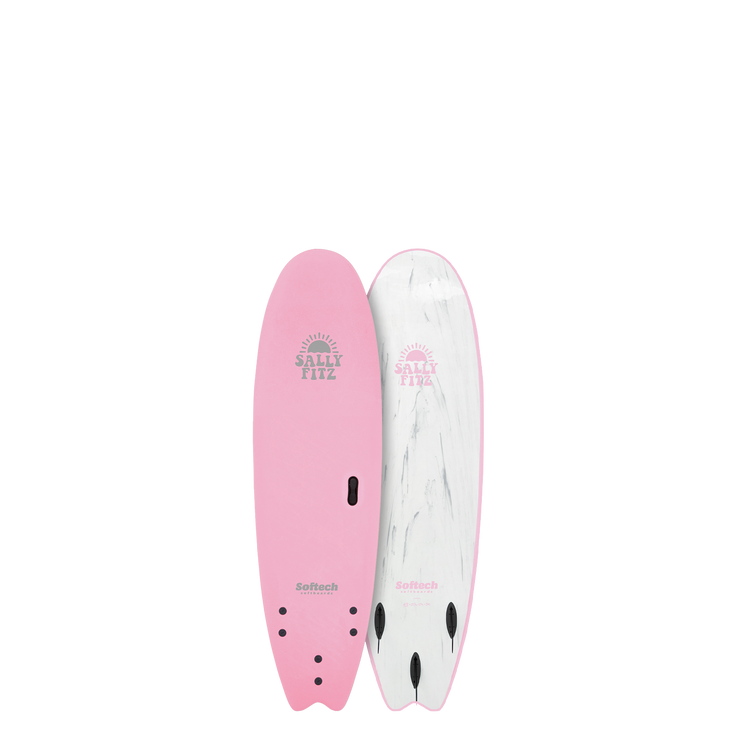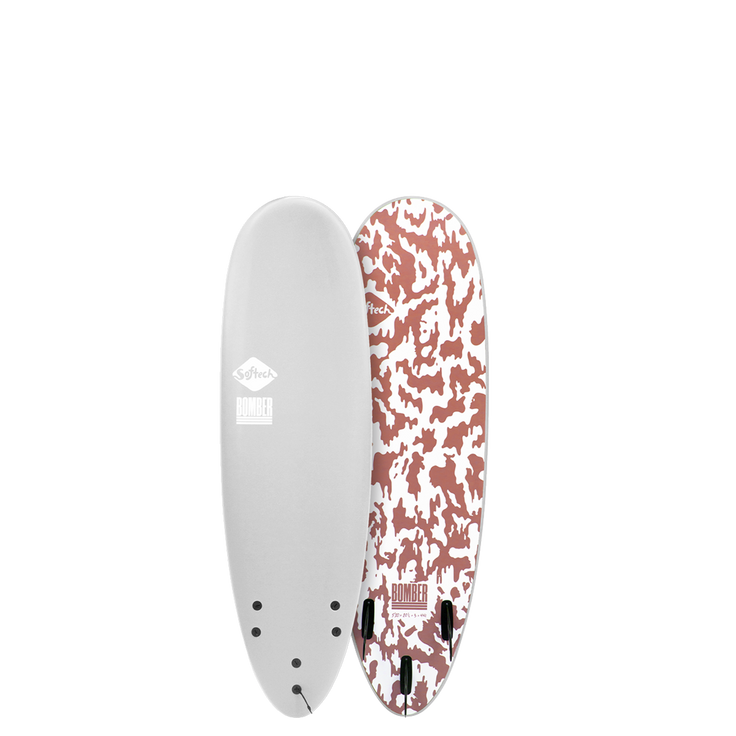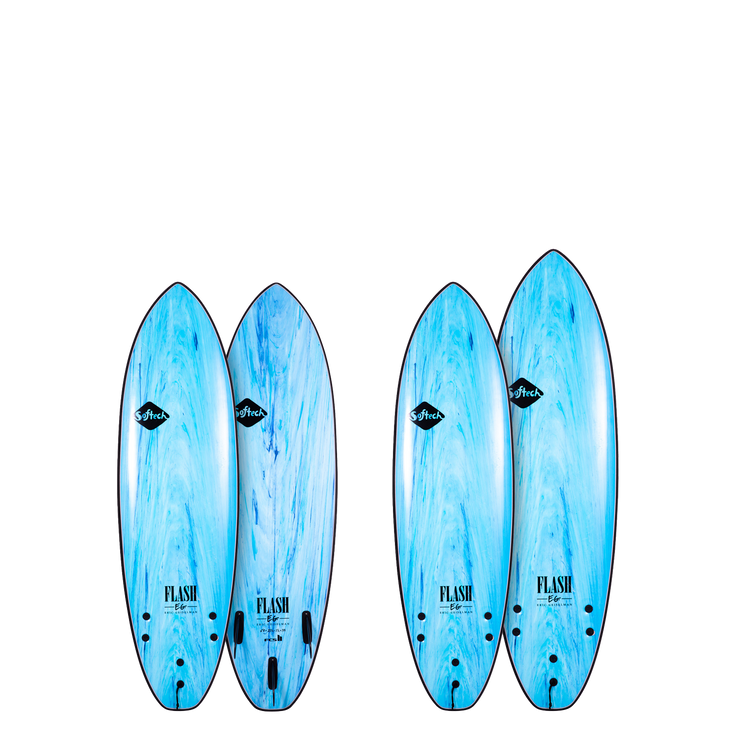heart
heart-full
heart
heart-full
I-Surf Compact
Inflatable surf for small waves. Available in 5’0 and 5’6.
Regular Price
149€
Sale Price
149€Regular Price
heart
heart-full
heart
heart-full
I-Surf Shortboard
Inflatable surf for hollow waves. Available in 6’3 and 7’3.
Regular Price
169€
Sale Price
169€Regular Price
heart
heart-full
heart
heart-full
I-Surf Longboard
Inflatable surf for cool waves. Available in 8’0 and 9’0.
Regular Price
209€
Sale Price
209€Regular Price
heart
heart-full
heart
heart-full
Surf Batmob EPS
The ultra easy board for beginners.
Regular Price
359€
Sale Price
359€Regular Price
heart
heart-full
heart
heart-full
Surf Gumball EPS
The super-compact noserider that boosts your level.
Regular Price
399€
Sale Price
399€Regular Price
heart
heart-full
heart
heart-full
Surf Gumball PU
The super-compact noserider that boosts your level.
Regular Price
419€
Sale Price
419€Regular Price
heart
heart-full
heart
heart-full
Surf Gumball Pure Origin
The super-compact noserider that boosts your level.
Regular Price
459€
Sale Price
459€Regular Price
heart
heart-full
heart
heart-full
Surf Acidolly EPS
The compact and easy longboard.
Regular Price
379€
Sale Price
379€Regular Price
heart
heart-full
heart
heart-full
Surf Acidolly Pure Origin
The compact and easy longboard.
Regular Price
469€
Sale Price
469€Regular Price
heart
heart-full
heart
heart-full
Softech
Surf Roller
The Roller foam surfboard developed by the Softech brand is ideal for your fi...
Regular Price
405€
Sale Price
405€Regular Price
heart
heart-full
heart
heart-full
Softech
Surf Sally Fitzgibbons
The Sally Fitzgibbons foam surfboard developed by Softech and the pro surfer ...
Regular Price
480€
Sale Price
480€Regular Price
heart
heart-full
heart
heart-full
Softech
Surf Bomber
The Bomber foam surfboard developed by the brand Softech offers an easy paddl...
Regular Price
440€
Sale Price
440€Regular Price
heart
heart-full
heart
heart-full
Softech
Surf Eric Geiselman Flash
The Flash Eric Geiselman foam surfboard developed by the Softech brand offers...
Regular Price
425€
Sale Price
425€Regular Price


